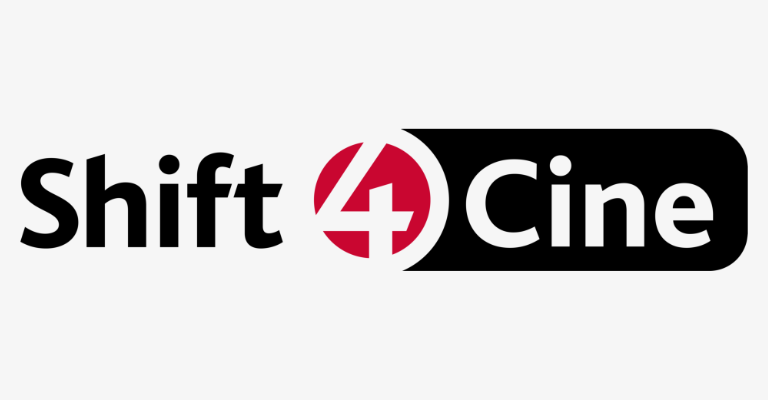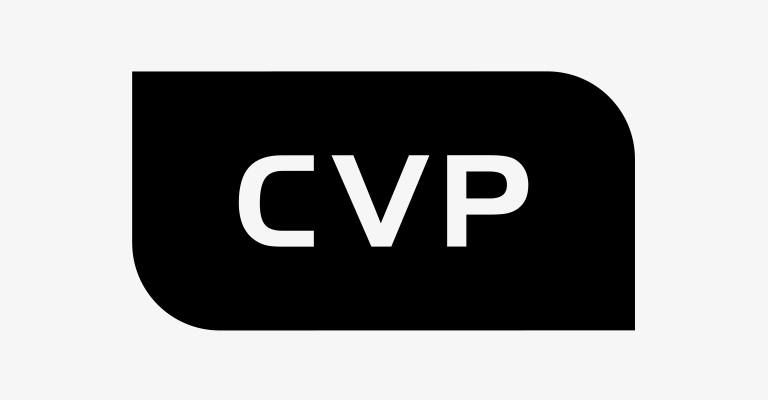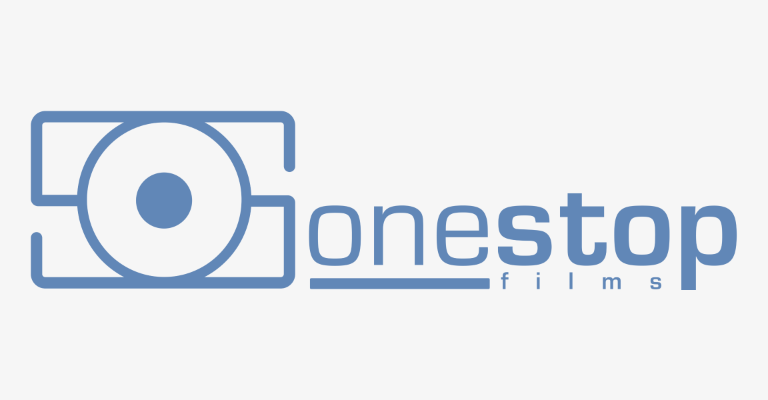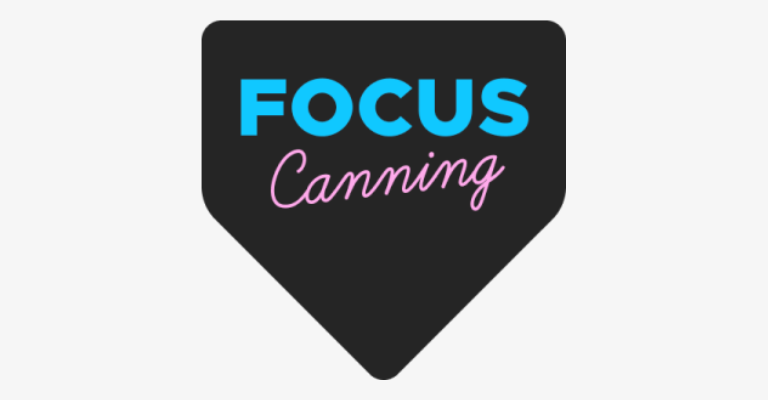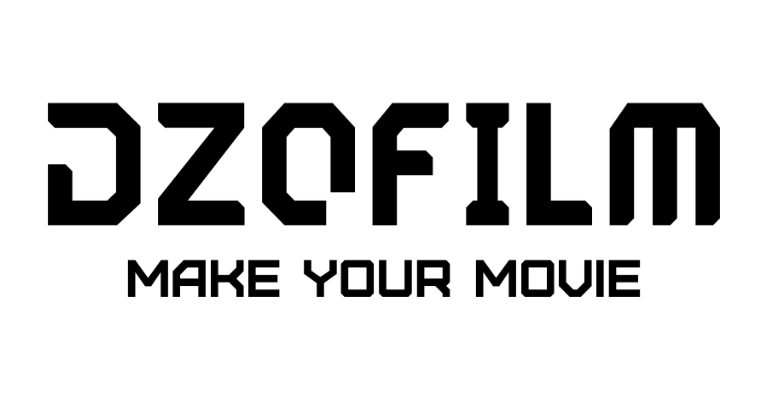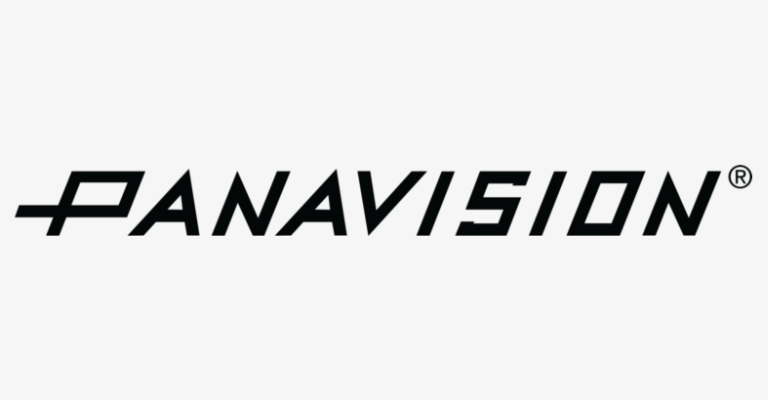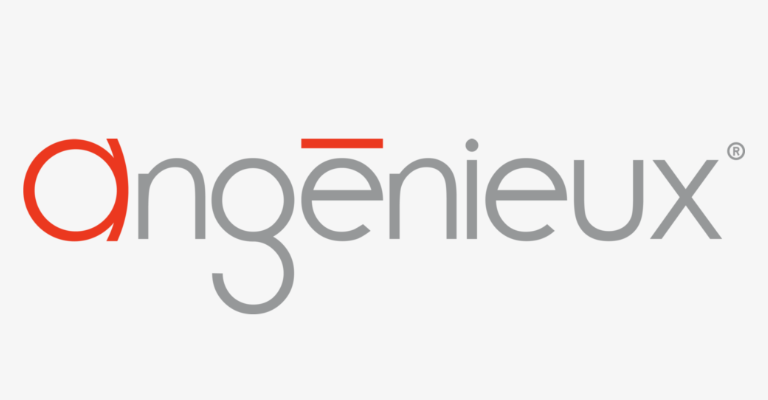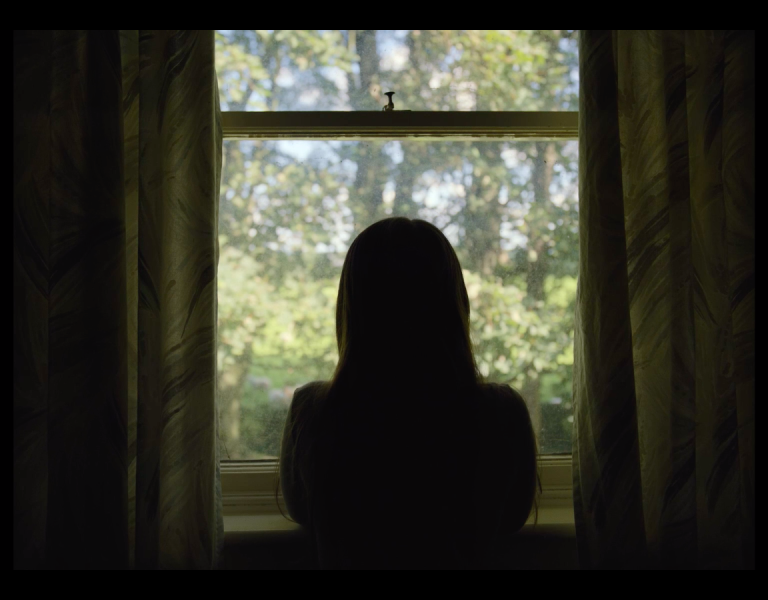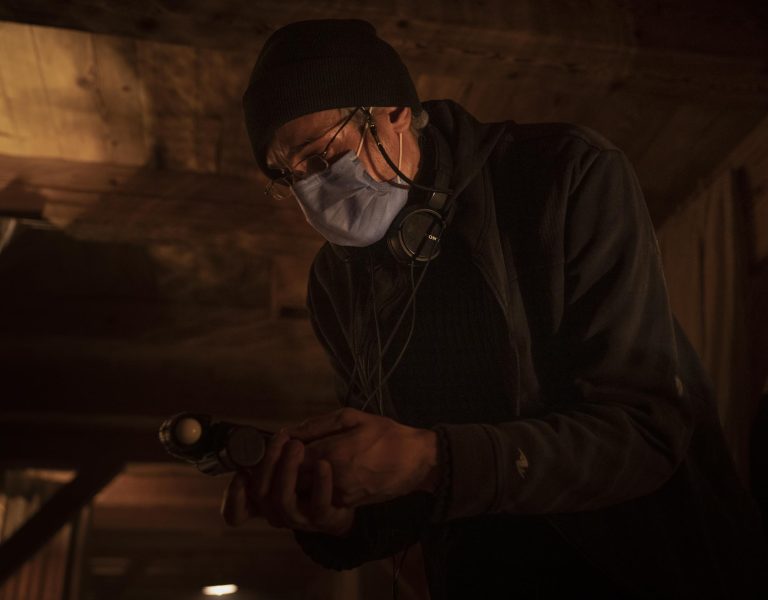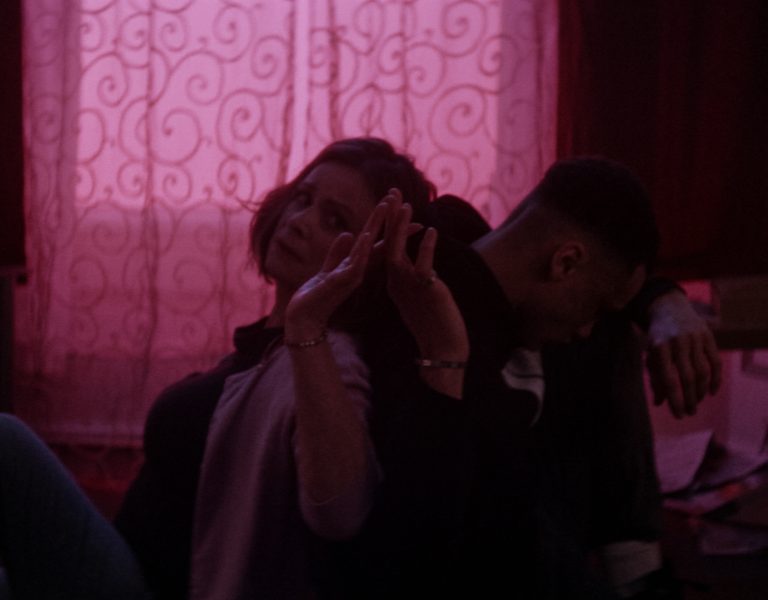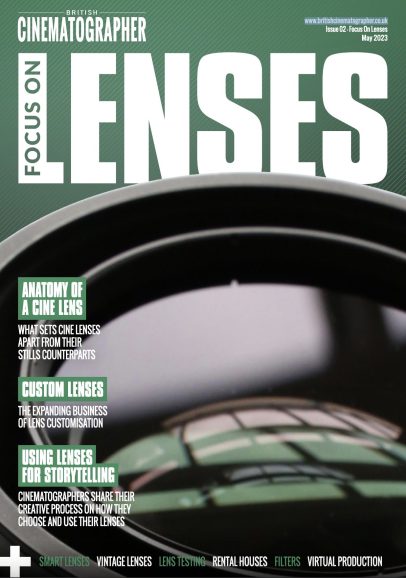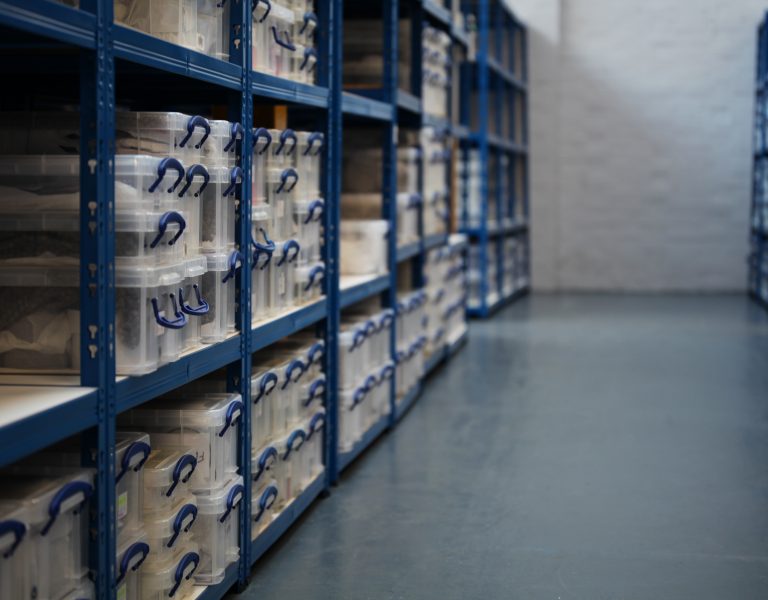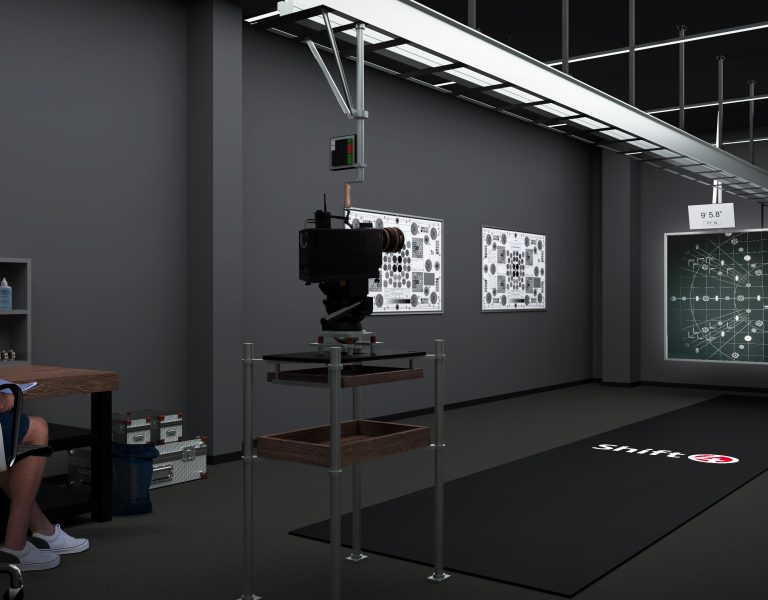A rental company will welcome you with open arms when you’re looking for an aesthetic for a shoot. But in the pursuit of the right lens you’ll enter a vital creative partnership
Ultimately light, or the lack of it, is the final arbiter of a look. So, your invention of this look is at the heart of what you do as much as collaboration is the linchpin of executing it. Taking those first steps in lens testing must be an enthralling experience.
Charlie Todman, technical marketing director for Panavision UK, describes how some cinematographers prepare for it. “Cinematographers generally come to us already having an idea of the look they’re after. They might have look books with other references, but normally it’s a film reference that they’ll share, like Barry Lyndon, and they’ll say they want something like that.
“Having that reference is a great start; it helps us narrow down a few series of optics for the cinematographer to come in and test, and we can then look at those tests together in our theatre.”
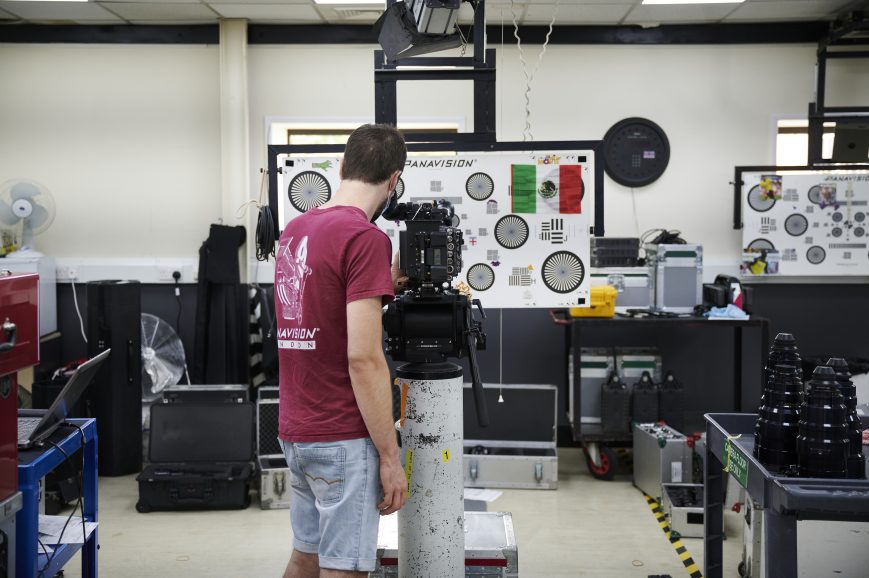
Panavision, particularly, have a huge variety of contemporary and legacy optics to choose from, as Todman explains: “We have nearly 30 different series of our own proprietary optics as well as most third-party lenses — so cinematographers can work with lenses that match their vision for the project.
“Sometimes it happens that a project starts in the States before coming to the UK, and we might have to do some modifications to match additional lenses to what they’ve been using or match lenses for the 2nd unit. We work closely with the lens service team at Woodland Hills so we can know what they did and mimic that look. And if it’s a big production shooting far afield from any Panavision office, we’ll send someone to support the project on location, so they’ll have someone on hand to quickly address any service and maintenance needs.”
But the preparation starts even before you enter the building, there can’t be enough discussion at this stage.
“Before they come in, we’ll talk with them and ask things like, ‘What type of film is it? Is there a 2nd unit? Are there aerials or underwater work?’ We’ll talk about whether they’re envisioning anamorphic or spherical, large format or 35, whether they’ll need something a bit special for certain days — a macro lens or a periscope, that sort of thing.
“If it’s a macro, does it need to be an anamorphic, or can they go with a spherical lens for that shot? The amount of lenses they’ll need for the job is a consideration. Size and weight are considerations. The final choice is always guided by a combination of these practical and creative considerations.
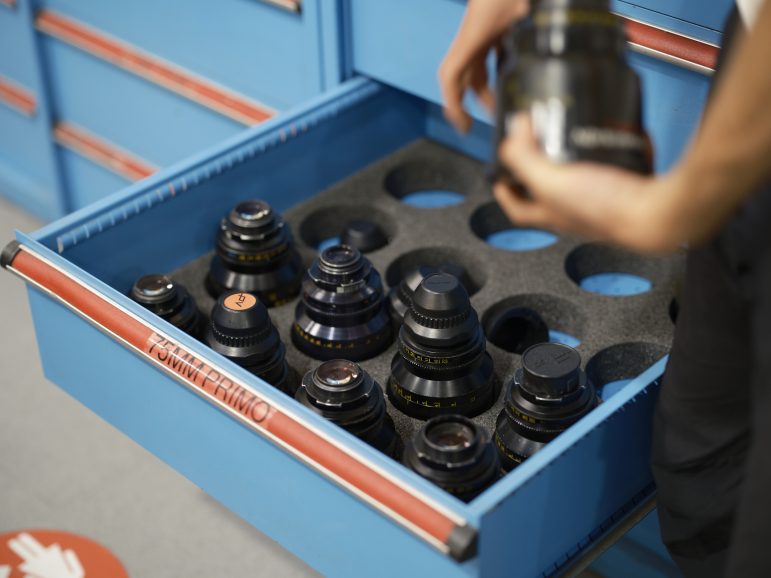
But there are technical considerations at this stage as well. “They’ll typically test their lenses with a Rec. 709 LUT so they’re making their decisions in a neutral zone — you definitely want to avoid something super-stylised at that point of the process. But then, as they’re making their final decision, they’ll often put their own shooting LUT into the camera to see how it looks with the lens.”
All of the project’s aesthetic considerations inform the choice of lenses. Production design, wardrobe, all of these elements go hand in hand. Even when you’re looking at a reference still from a movie, beyond knowing what lens it was shot with, you have to consider how it was lit, whether it was shot on film — a whole slew of variables. The time period of the story is also a consideration.
“We see a lot of projects that might be set in decades past, and the cinematographer wants a ’70s, ’80s or ’90s look and will want to test optics produced in those decades,” adds Todman, but is the same process used for film?
“These conversations have certainly become more prevalent and important with the move to digital cinematography. With film, it used to be more common for cinematographers to want to shoot with the same lenses on every project, but with digital, DPs tend to want to test a range of options — and now they can immediately see what they get.”
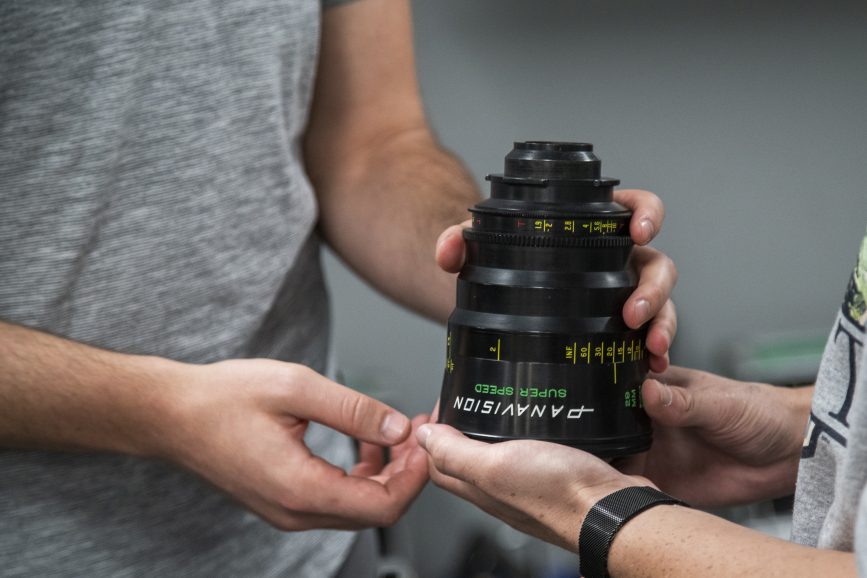
Test grading and editing
But Panavision aren’t the only ones that offer such lens treasures. At Shift 4 Cine DPs can find many flavours of glass with a wide collection of rare and modern lenses, covering full-frame, Super 35, anamorphic and spherical. With a special helping of technical knowledge, expect extraordinary creative tools with their top-of-the-range optics.
Anna Byrne from Shift 4 defines their range. “From modern to vintage, the diverse catalogue covers the whole spectrum. Naming a few, our modern glass includes exclusive housing of the adaptable Angénieux Optimo Primes Platinum set, the optically superior set of Leitz Primes, as well as the ARRI Signature Primes.
“If it’s vintage lenses you’re after, conjure another era with the Canon ‘Dream’ Rangefinders or Petzvals, or even get a taste of pure Lomo Anamorphic 2x glass. Among the classics there’s the Canon K35s, Super Baltars and Technovision 1.5x Anamorphic to choose from, or if Cooke is your jam, the whole menu is available, from the S8s to the Anamorphic Special Flare sets and S4i’s to Panchro Classics.”
DPs can experience the full treatment from beginning to end of the lens testing process in their new state-of-the-art facilities. Fitted out with MYT Works Opti-Glide systems and 30ft projector room. They also have a bespoke lens studio for real-world testing. “Whether shooting a period drama or a gritty urban feature, DPs also have the option to get their test graded and edited in the adjoining suite.”

Visualising the look
Sometimes rental companies go above and beyond to help with a lens choice. Like VMI for instance who earlier this year opened their doors to an invited audience for a series of lens tests under real world conditions. Managing director Barry Bassett explained the thinking behind the two-day experience. “In a break from traditional demos, VMI invited 40 camera department professionals to come and see a special lens comparison event. We invited industry professionals to shoot their own tests across full frame lenses from Cooke, Gecko, Tribe7 and Sigma on either Sony Venice or ARRI Mini LF. No agendas, no hard selling just creative people doing what they do best.”
The results were then published on the VMI website. You’ll see the complete film with 14 scenes, each in a random order without labelling the lenses. Lenses are then labelled at the end of each scene.
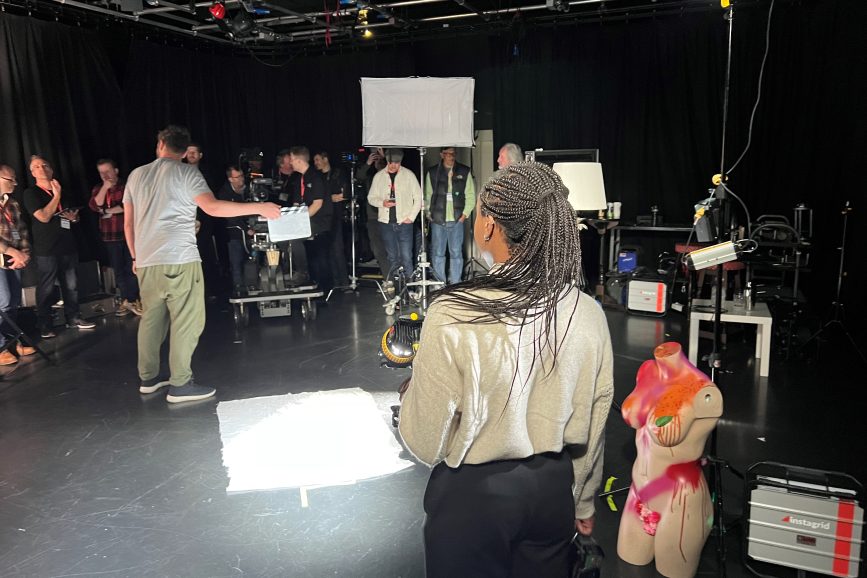
ARRI Rental
For such a lens rental article, it’s only fair to mention the other major global operation (apart from Panavision) and that’s ARRI Rental. Both companies offer depths of service that are attractive to many filmmakers.
Head of camera technology and development Andrew Prior sets out their process, “We often get cinematographers coming in with say a mood board or some reference stills or just an idea from a conversation they may have had with one of our team members.
“They generally know what direction the show needs to go in but being spherical or anamorphic takes us down one of two paths straightaway. Those paths are quite varied and then you go down secondary paths; is it a more traditional or ‘clean’ looking show obviously based on the genre or are they looking for a more expressionist or unusual look to the show? Then there’s a third option, we generally call that ‘clean’ or ‘dirty’ and then there are different versions of that as well. You can then get in to special or custom lenses.”
In the case of nearly all of ARRI Rental’s lenses they are able to augment or de-tune lenses to achieve the look that is wanted. That’s quite the playground for the creative mind.
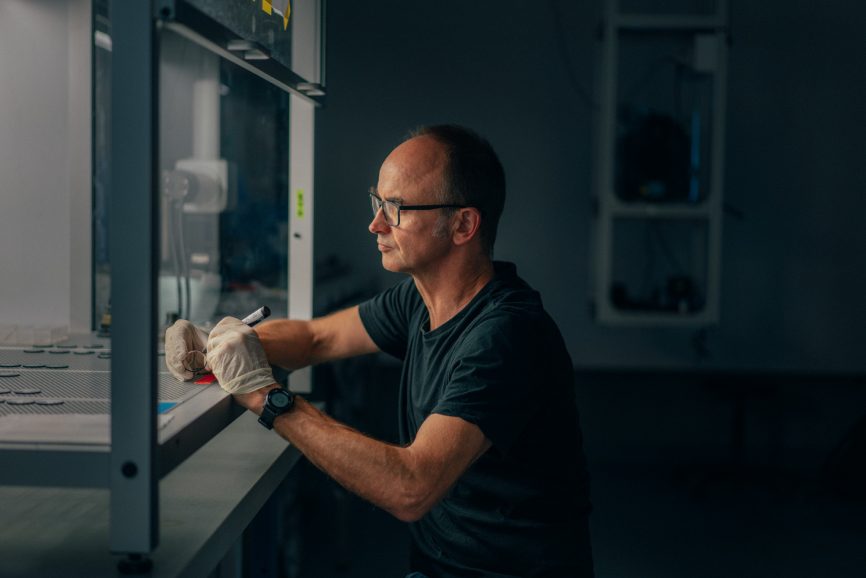
–
Words: Julian Mitchell



